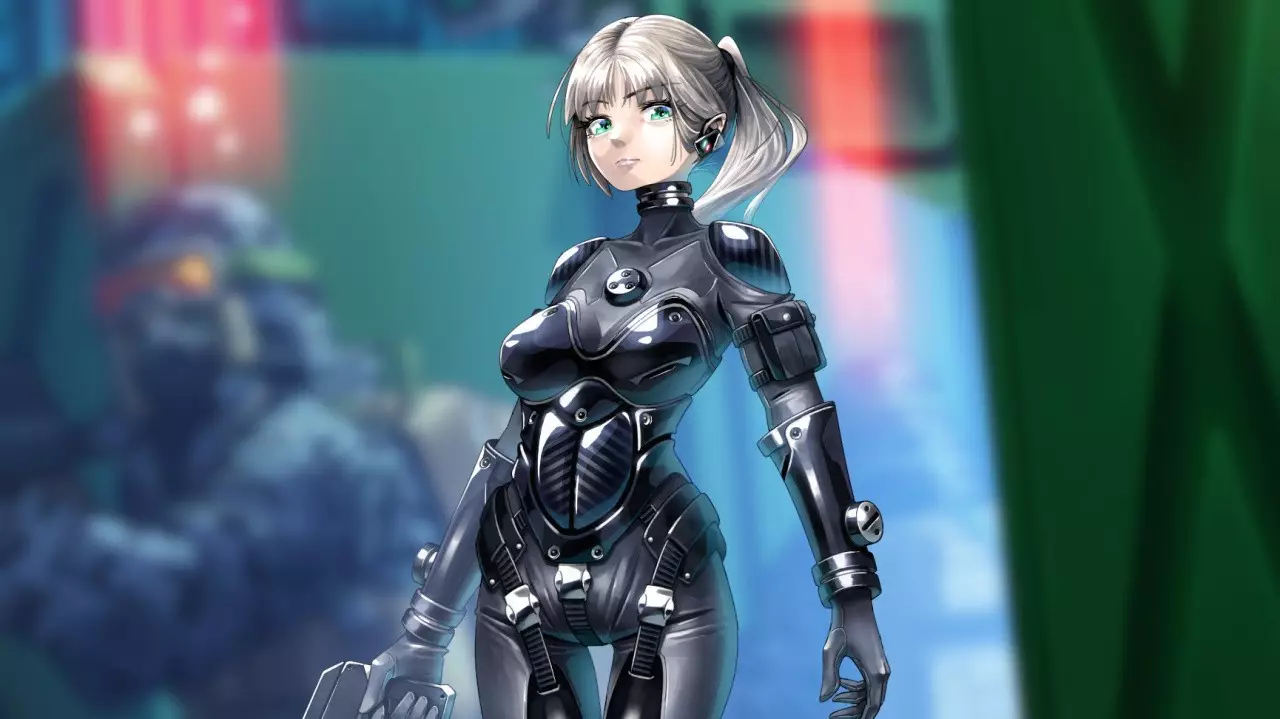In an era dominated by blockbuster AAA titles and bleeding-edge graphics, a fascinating counter-movement is emerging within the gaming landscape—independent developers leveraging the power of nostalgia to carve out meaningful spaces for fans craving retro aesthetics and gameplay. The recent release of titles like *Spy Drops* exemplifies this trend, demonstrating a deliberate effort to preserve the charm of 90s stealth classics while infusing modern design sensibilities. While big publishers chase graphical fidelity and extensive open worlds, indie developers are embracing pixel-perfect visuals and randomized mission structures to deliver unique, replayable experiences for a niche audience hungry for authenticity.
This resurgence signifies more than just a nostalgic trip; it highlights a nuanced understanding of player engagement. Rather than relying solely on high-fidelity graphics or expansive narratives, these smaller studios recognize that gameplay mechanics, visual style, and innovative mission design can evoke powerful emotional responses. When games emulate the look and feel of PS1-era stealth titles, they evoke memories and emotions that resonate deeply with longtime fans. Moreover, by focusing on procedural generation and replayability, these developers transform simple pixel art into fresh, unpredictable scenarios each time, fostering a sense of adventure that feels both familiar and excitingly new.
The Power of Artistic Authenticity and Creative Freedom
One of the most compelling aspects of these indie stealth games lies in their approach to visual design. Collaborations with experienced artists and stylists, like ArtePiazza’s involvement in *Spy Drops*, bring a polished yet nostalgic aesthetic that bridges past and present. These character and environment designs evoke the golden age of stealth gaming, providing a sensory connection that more modern, hyper-realistic titles often struggle to replicate. The decision to embrace pixel art and PS1-inspired visuals isn’t merely an aesthetic choice; it’s a statement of artistic intent—an homage to a formative gaming era and a declaration of independence from the industry’s push toward photorealism.
Furthermore, this focus on stylistic authenticity allows indie developers to embed new gameplay mechanics within familiar frameworks seamlessly. For instance, *Spy Drops* introduces features like the “Dream Catcher,” which adds a surreal twist to classic infiltration gameplay. Such creative innovations, paired with familiar spy gadgets like drones and night vision, make for a compelling fusion of retro sensibility and inventive gameplay. It underscores the fact that gameplay innovation does not necessarily require cutting-edge graphics; rather, it can flourish through clever design choices rooted in a shared cultural language.
Competitive Multiplayer and Community-Led Engagement
The incorporation of local multiplayer modes, particularly the *Spy Against Spy* mode in *Spy Drops*, is a noteworthy development. It suggests an evolving understanding that modern players crave social interaction and competitive fun, even within niche genres like stealth. While the single-player experience taps into the nostalgia of covert operations and espionage, multiplayer modes inject a new layer of engagement—transforming solitary infiltration missions into head-to-head showdowns. This duality not only broadens the game’s appeal but also fosters community interaction, encouraging players to challenge each other’s skills and tactics.
Indie titles like these also tend to foster close-knit communities, where feedback directly informs ongoing development and updates. They often rely on digital distribution platforms to reach niche audiences efficiently, and the relatively affordable price point ($13.99/£13.99) makes them accessible entry points for players eager to explore stealth gameplay beyond mainstream offerings. As community engagement grows, so too does the potential for these games to evolve, adding new missions, modes, or visual enhancements—perhaps even updates to optimize performance on future hardware like the Switch 2.
Why These Indie Titles Matter in Broader Gaming Culture
In a landscape saturated with blockbuster titles, these indie stealth games serve as a vital reminder that innovation can thrive within constraints. By deliberately echoing the visual and gameplay language of the late 90s, developers demonstrate that nostalgia need not be passive—rather, it can be a vessel for creative risk-taking and fresh design. They challenge the notion that high fidelity and cinematic presentation are the only path to impactful gaming experiences.
Moreover, such titles underscore the importance of celebrating diversity in game design. They remind us that compelling gameplay, stylistic authenticity, and innovative mechanics can coexist beautifully, even within modest budgets. As players, we are offered a broader palette of experiences—many of which are rooted in shared cultural memories—while also encouraging developers to pursue passion projects that push the boundaries of traditional genres.
In essence, indie stealth games like *Spy Drops* are more than just throwbacks; they are bold statements about the enduring relevance of creativity, community, and authentic artistry—elements that every segment of the gaming industry should heed if it hopes to sustain its vitality in the years to come.

